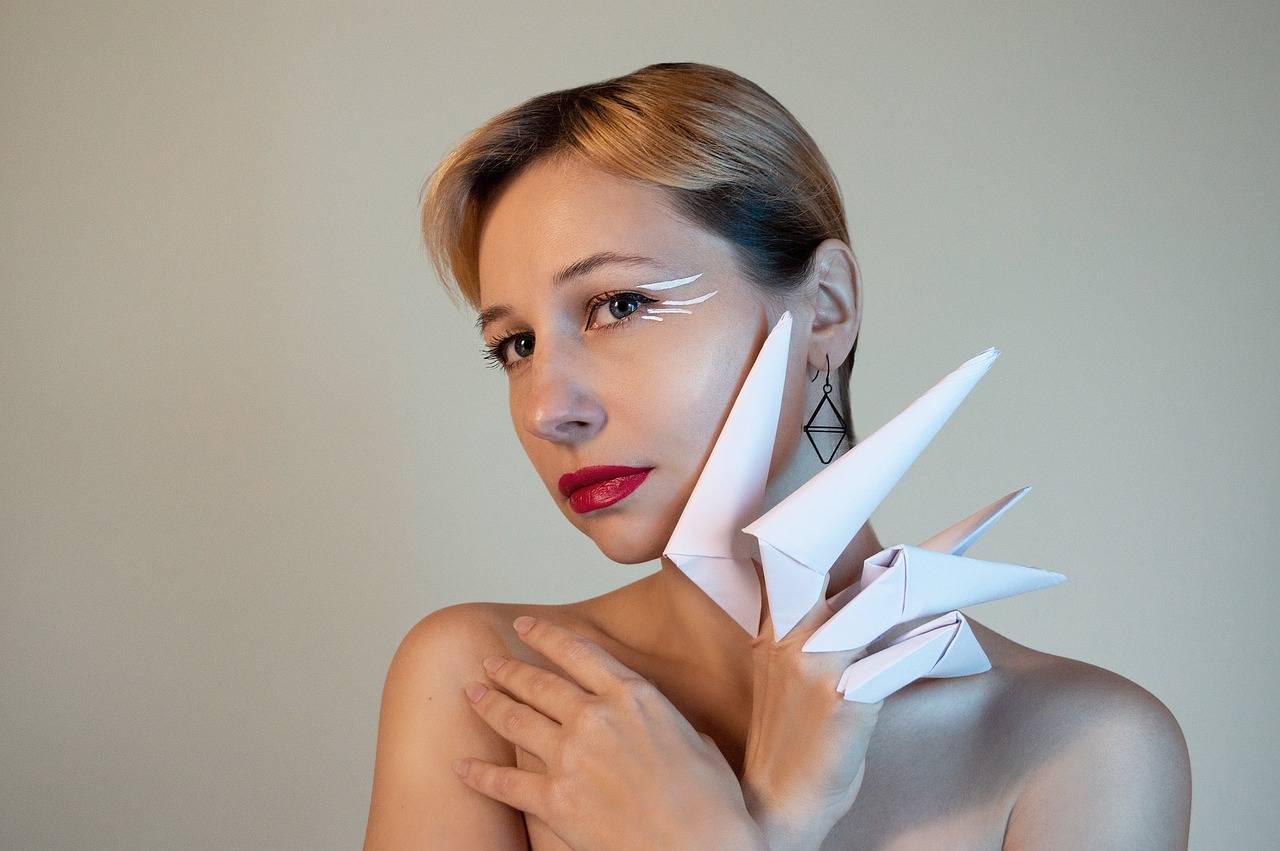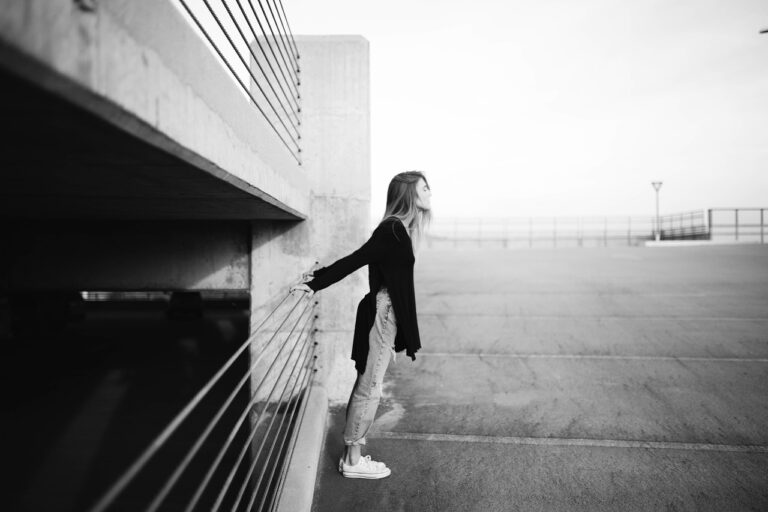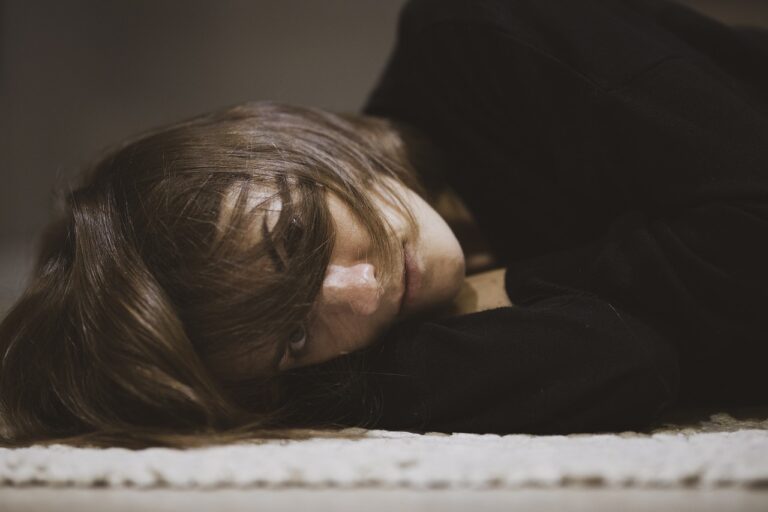Analyzing the Psychology of Impulse Buying in Fashion
Marketing strategies play a crucial role in influencing consumer behavior, particularly when it comes to impulse buying. By leveraging techniques such as limited-time offers, flash sales, and persuasive messaging, marketers can create a sense of urgency and FOMO (fear of missing out) among consumers. This psychological push can trigger impulsive purchasing decisions, driving sales and increasing revenue for businesses.
In addition to creating a sense of urgency, marketing strategies also focus on tapping into consumers’ emotions. By appealing to their desires, aspirations, and insecurities, marketers can trigger emotional responses that lead to impulsive purchases. Emotional branding, storytelling, and personalized marketing campaigns are some of the techniques employed to connect with consumers on a deeper level and influence their buying decisions in the heat of the moment.
The Role of Emotions in Impulse Purchases
Emotions play a significant role in driving impulse purchases. When consumers experience strong emotions, such as excitement or happiness, they are more likely to make spontaneous buying decisions. These emotions can be triggered by various factors, such as attractive product displays, limited-time offers, or personal preferences that resonate with the individual on an emotional level.
Additionally, emotions can influence the way consumers perceive products and their perceived value. Positive emotions can create a sense of urgency and gratification, leading to impulsive buying behavior. On the other hand, negative emotions like stress or sadness can also prompt impulse purchases as consumers seek a quick mood boost or distraction. Understanding how emotions impact consumer behavior is essential for marketers looking to leverage these emotional triggers in their strategies to drive impulse purchases.
The Impact of Social Media on Impulse Buying in Fashion
The rise of social media platforms has greatly influenced consumer behavior, especially in the fashion industry. With the prevalence of influencers showcasing trendy outfits and must-have accessories, individuals are constantly exposed to new styles and products. This continuous stream of fashion content on platforms like Instagram and TikTok has created a sense of urgency and FOMO (fear of missing out) among consumers, leading to impulsive purchases.
Moreover, social media’s interactive nature allows for immediate feedback and validation from peers, further fueling impulse buying behavior. The ability to instantly share and receive opinions on potential purchases can sway individuals to make quick decisions based on social approval rather than actual needs or preferences. As a result, social media has become a powerful tool for fashion brands to drive sales and capitalize on consumers’ impulsive tendencies.





